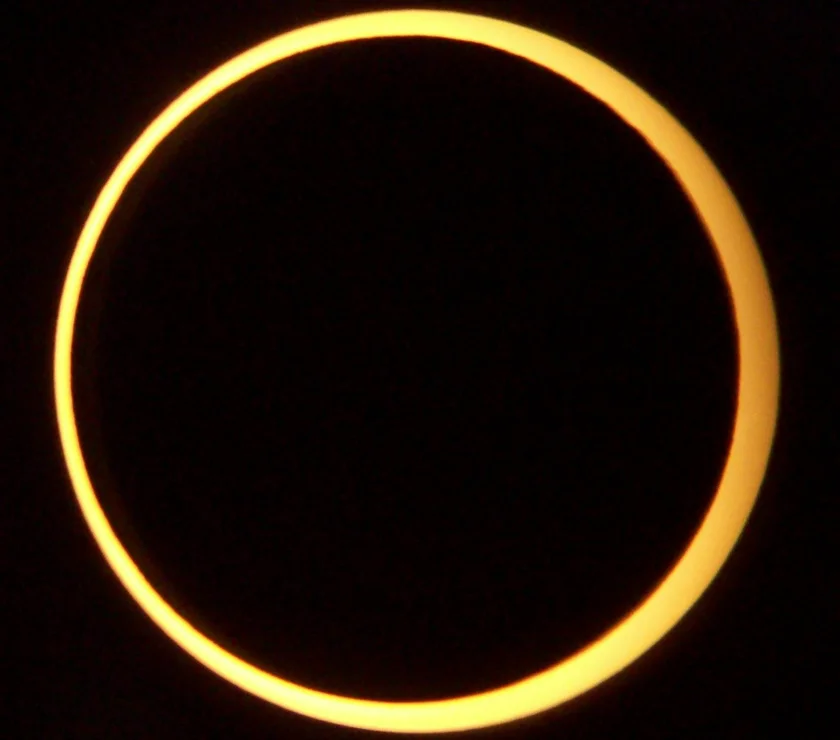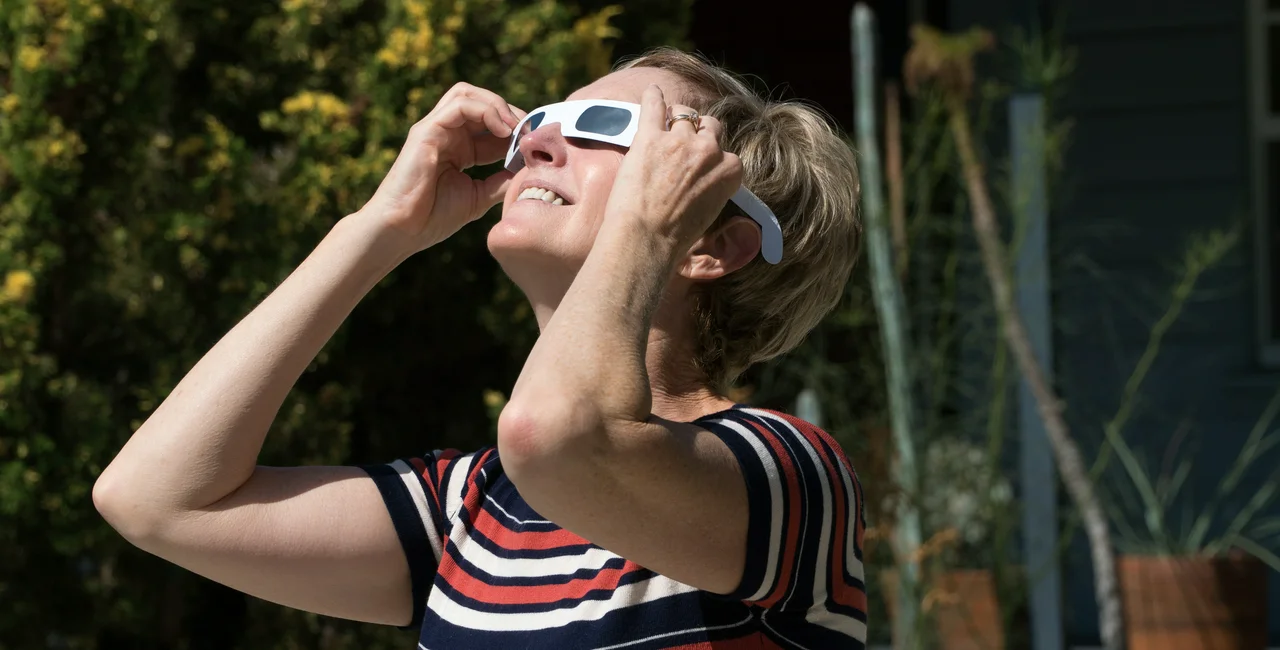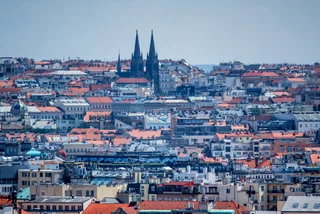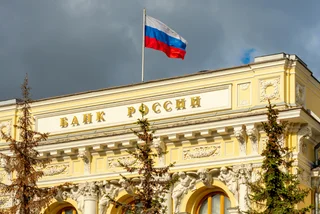The biggest celestial event of this year will be a “ring of fire” solar eclipse on the morning of Thursday, June 10. Unfortunately, the full eclipse will only be visible in northern Canada, northern Greenland, and far eastern Siberia.
In Prague, people can see a partial eclipse with just 8.3 percent of the sun covered from view by the moon. The eclipse here will start at 11:42 am local time, reach its peak at 12:37 pm and be over at 1:35 pm.
As is always true, people should not look directly at the sun, as this can cause permanent eye damage. Sunglasses also do not offer sufficient protection for an eclipse, and 3D glasses from the cinema should not be used outdoors at all.
Special paper-framed eclipse glasses are available at the gift shop of Planetárium Praha in Stromovka, the Štefánik Observatory (Štefánikova hvězdárna) on top of Petřín Hill, and the Ďáblice Observatory (Hvězdárna Ďáblice) in the northern part of the city.
Štefánik Observatory and Ďáblice Observatory will also be letting people in to look through their telescopes, which will be equipped with solar filters. Due to pandemic restrictions, though, visitor numbers will be limited, as well as the amount of time each person can observe. Planetárium Praha, which does not have telescopes, does not have an eclipse program.
People without special glasses can watch the eclipse indirectly, by using a pinhole projector made from a cardboard box. NASA made a video explaining how to create the projector from a cereal box and some foil. NASA also offered these safety tips in 2017, and they are still valid.
Considering how minor the eclipse will be in Prague, a better alternative might be to watch online.
Some observatories such as the UK’s Royal Observatory Greenwich will be live streaming the event on YouTube and Facebook. The UK will see a somewhat better partial eclipse than Prague. The YouTube channels CosmoSapiens and TimeandDate promise live streams of the full eclipse.
A solar eclipse is when the moon gets into the path of the sun in the daytime. What makes this eclipse into a “ring of fire” is that even at its fullest the moon will not completely block the sun, leaving a ring of sunlight around its edges. The technical term for this is an annular eclipse. It occurs because the moon is a bit further away from the earth than normal, making it smaller in the sky.
This solar eclipse follows two weeks after a lunar eclipse –the blood red supermoon – which was not visible at all in Europe. The two-week pattern between lunar and solar eclipses is not unusual.

There will be a partial solar eclipse visible in Prague on Oct. 25, 2022, covering 30 percent of the sun at the most. Europe will have better luck on Aug. 12, 2026, with a total eclipse visible in much of Spain. For that one, in Prague over 86 percent of the sun will be covered.
In Prague for the rest of 2021, there are a few minor astronomical highlights. There will be a penumbral lunar eclipse on Nov. 19, meaning the moon passes through the secondary shadow of the earth. It will only last for 16 minutes, and not be very noticeable to the casual observer. There is a blue moon on Aug,. 22, but that is just the third full moon in a season with four full moons. It won’t look unusual or blue.
There will also be two micro full moons, when the moon is furthest from the earth, on Nov. 19 and Dec. 19. These are the opposite of supermoons, when the moon appears larger.












 Reading time: 3 minutes
Reading time: 3 minutes 


 English
English
 French
French
 Polish
Polish
 German
German
 Danish
Danish
 Norwegian
Norwegian





















